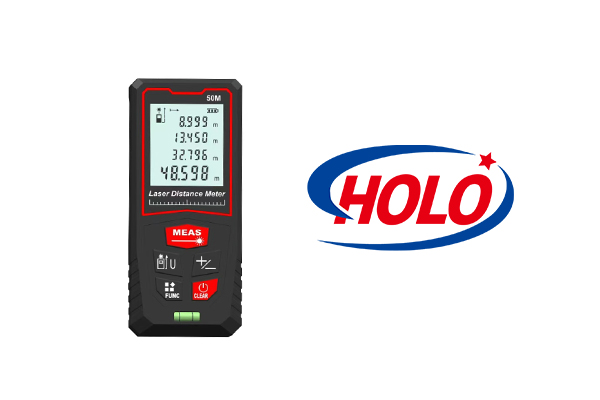The advantages of laser measuring tools over traditional tape measures are remarkably distinct, especially in specific scenarios. We can compare them across multiple dimensions. Overall, the core strengths of laser measuring tools lie in the comprehensive enhancement of accuracy, efficiency, safety, and functionality.
Below is a detailed comparison of their advantages:
1. Measurement Accuracy
– Laser distance meters: Boast extremely high accuracy, typically with an error margin of within ±1-2 millimeters. They measure the straight-line distance traveled by the laser beam, completely eliminating errors caused by tape measure bending, tilting, or parallax in reading. This is a decisive advantage for engineering, decoration, and interior design projects that demand high precision.
– Traditional tape measures: Their accuracy is affected by multiple factors:
– Physical bending: The tape cannot remain perfectly straight when measuring long distances or crossing obstacles.
– Parallax error in reading: Viewing the tape’s scale from different angles leads to errors.
– Inaccurate endpoint positioning: The tape’s hook may loosen or fail to align precisely with the measurement endpoint.
2. Measurement Efficiency and Convenience
– Laser distance meters: The “kings of efficiency”:
– Single-person operation: Most measurement tasks can be completed by one person alone with the best laser measuring tool, which is particularly useful for scenarios like measuring height or diagonal distances that would otherwise require climbing ladders or assistance from others.
– One-button measurement: Aim at the target point, press the button, and the result is displayed on the screen instantly.
– Measuring hard-to-reach distances: Easily measure ceiling heights, beam widths, distances outside windows, and other positions that are difficult or unsafe to access with a tape measure.
– Traditional tape measures: Less efficient:
– Usually require two-person cooperation: When measuring long distances, one person must fix the starting point, while the other stretches the tape and reads the scale—resulting in high communication costs.
– Cumbersome operation: The process of pulling out, aligning, straightening, reading, and retracting the tape is time-consuming and labor-intensive.
3. Safety
– Laser distance meters:: Highly safe. Users can measure high places while standing on the ground, avoiding the risk of climbing ladders. They can also measure live or hazardous areas (e.g., near distribution boxes) while maintaining a safe distance.
– Traditional tape measures: Pose safety hazards. Measuring high places requires climbing ladders, which brings the risk of falling; meanwhile, metal tape measures carry the risk of electrical conduction during electrical work.
4. Functionality and Intelligence
– Laser distance meters: Offer diverse functions:
– Indirect measurement: Many models support the Pythagorean theorem function, allowing users to indirectly calculate lengths that cannot be measured directly (e.g., a room’s floor-to-ceiling height) through two separate measurements.
– Area and volume calculation: Automatically calculate area and volume based on length and width, making it highly convenient for estimating the amount of flooring, wall paint, and other materials needed.
– Data storage and transmission: High-end models can store multiple measurement results and transmit data to smartphone apps via Bluetooth, directly generating sketches or reports. This greatly simplifies data recording and management.
– Traditional tape measures: Have a single function—only capable of measuring length. All calculations and data recording must be done manually, which is prone to errors and data loss.
5. Measurement Range
– Laser distance meters: : Cover a wide measurement range. Household models typically reach 50-100 meters, while professional models can extend beyond 200 meters, easily handling large-scale measurement tasks.
– Traditional tape measures: Have limited length (commonly 3m, 5m, or 10m). Measuring long distances requires multiple segmented measurements, which is not only cumbersome but also leads to accumulated errors.

